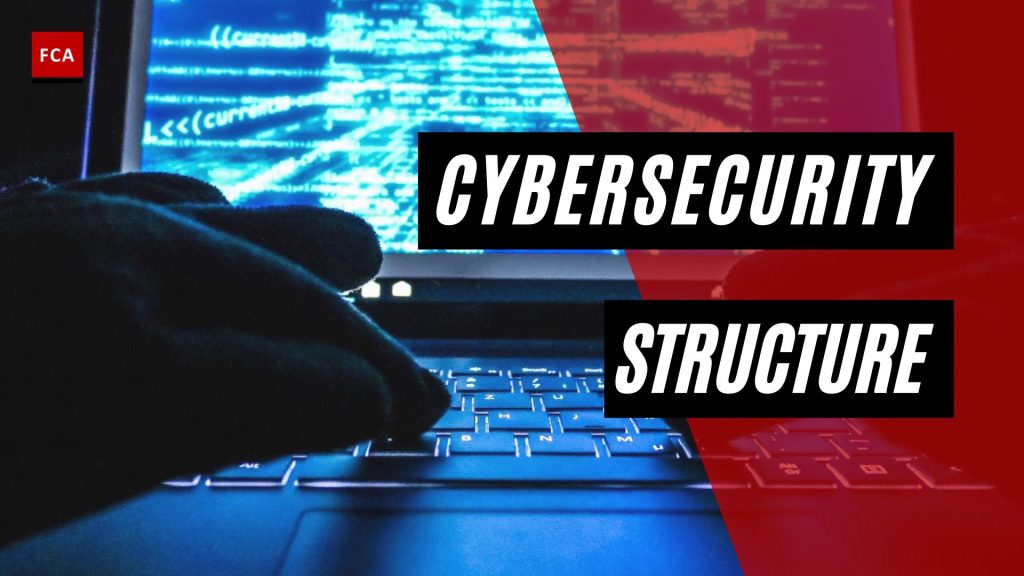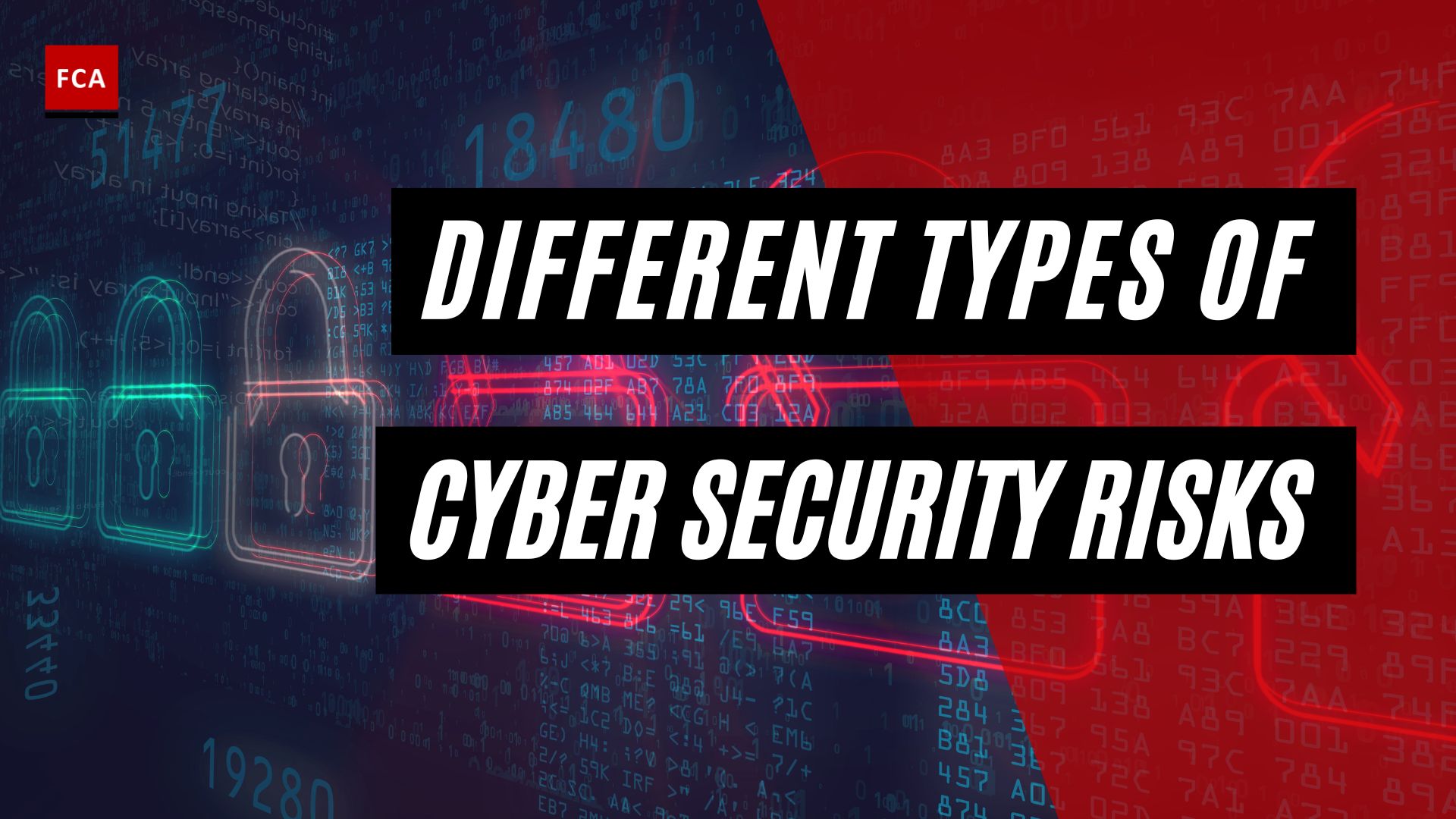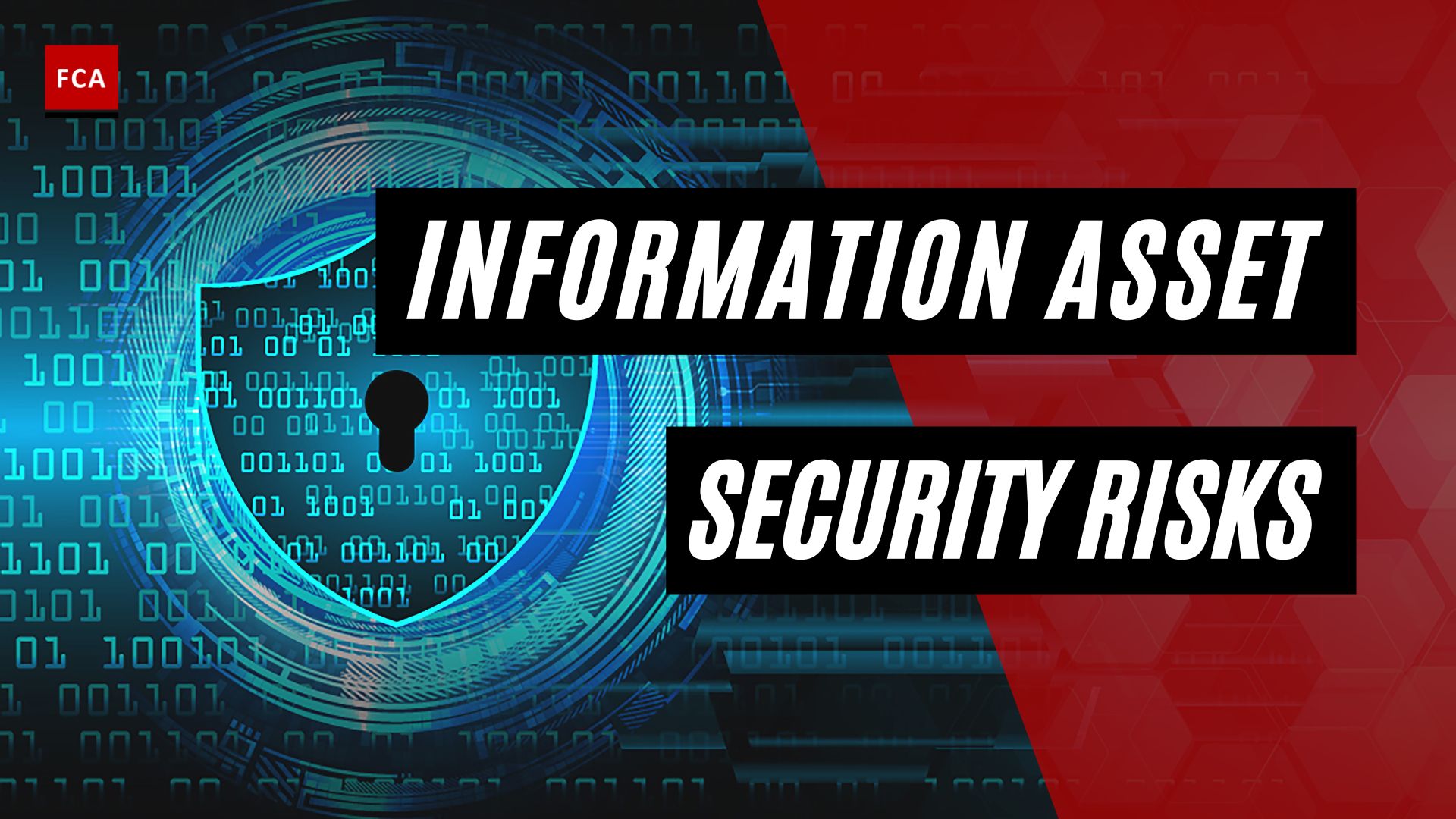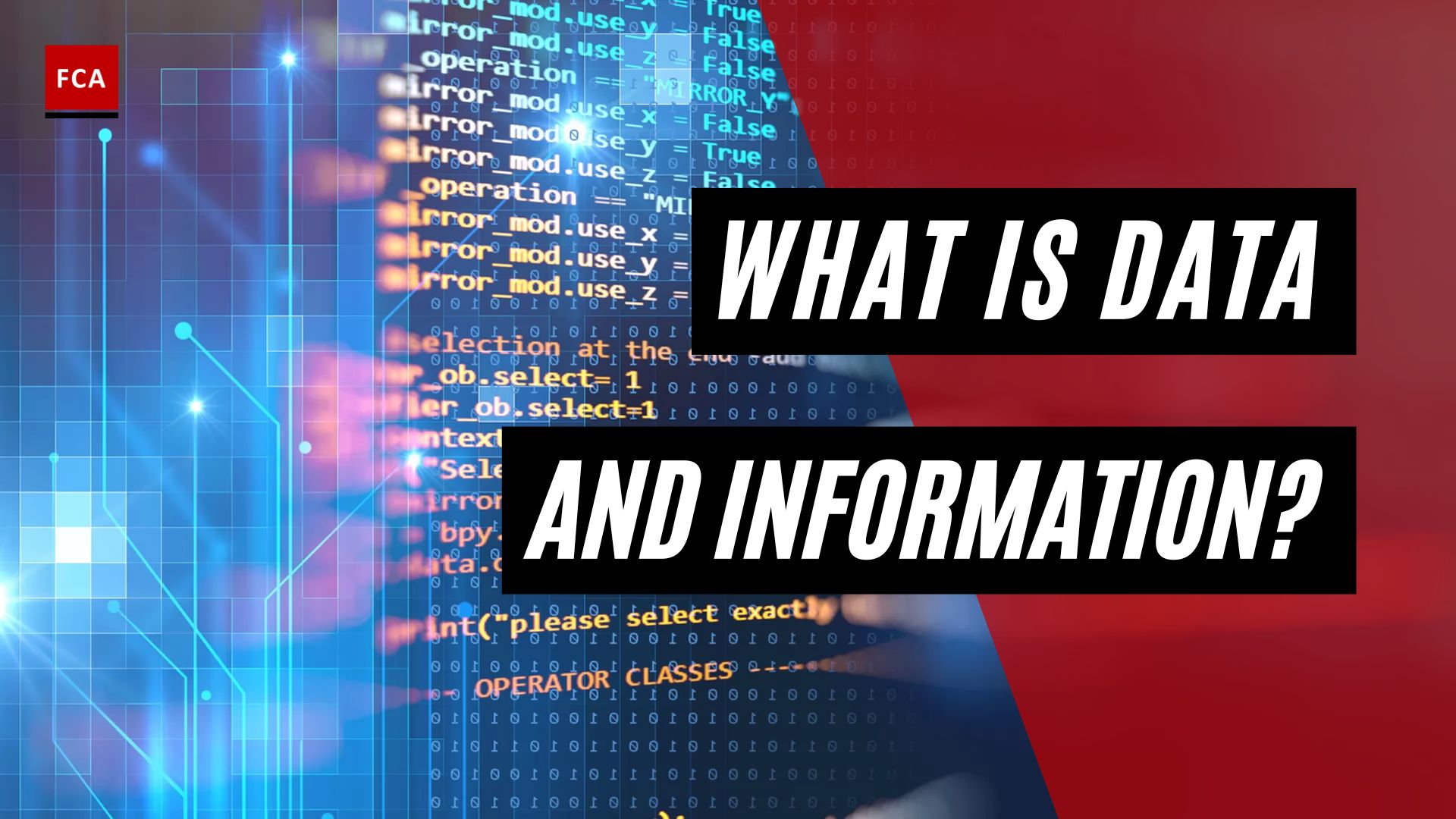A cybersecurity structure is one of the components of a system’s architecture. A complete product or system is designed and built around it. The term “security architecture” refers to a framework for determining how your company’s security controls and countermeasures fit into the overall system structure.
The board of directors sets the organization’s tone. The board of directors comprises members with specialized expertise in different domains such as finance, compliance, information technology, risk management, human resources, and marketing. The board of directors is responsible for setting a strong information security and data protection compliance culture and ensuring that management complies with all applicable laws and regulatory requirements.

The Cybersecurity Structure
A sound governance structure is the foundation of an effective information security program. It includes the board of directors and senior management setting the tone at the top, hiring a qualified chief information security officer or CISO, and properly resourcing the three lines of defense. In an organization such as a bank or a financial institution, the board of directors is primarily responsible for setting a strong cybersecurity and data protection compliance culture and implementing the information security compliance program.
The “tone at the top” is a public commitment at the highest levels of the organization to comply with information and data protection requirements as part of its core mission and recognition that this is critical to the overall information and data protection risk management framework.
To ensure appropriate oversight of the information and data protection compliance culture, the board of directors forms a board-level sub-committee to periodically monitor the information and data protection issues and related regulatory compliances.
The board of directors may delegate the responsibility to the Board Information Security Compliance Committee or BISCC. The members of BISCC periodically conduct compliance meetings, where significant compliance issues, breaches, and new regulatory requirements are reviewed and discussed.
The board ensures that a strong compliance culture and control environment is maintained. The board provides oversight and guidance to the BISCC and senior management to implement the information security compliance program and allied policies duly approved by the board. The management forms the set of processes, reporting lines, systems, and structures that provide the basis for carrying out regulatory requirements across the organization. The control environment relates to the commitment of management and employees to integrity and ethical values.
For internal controls to be effective, an appropriate information and data protection control environment should demonstrate the following behaviors:
- The board reviews policies and procedures periodically and ensures their compliance
- The board determines whether there is an audit and control system in place to periodically test and monitor compliance with internal control policies or procedures and to report to the board instances of noncompliance
- The board ensures independence of internal and external auditors such that the internal audit directly reports to the audit committee of the board, which is responsible to the board, and that the external auditor interacts with the said committee and presents a management letter to the board directly
- The board ensures that appropriate remedial action has been taken when the instance of noncompliance is reported and that system has been improved to avoid recurring errors or mistakes
- Management information systems provide adequate information to the board so that the board can have access to records if the need arises
- The board and management ensure communication of compliance policies down the line within the organization
- The BISCC ensures the management implements the board-approved information security compliance program to avoid the risk of data and information losses and ensure effective compliance with data protection and information security-related regulatory requirements
- The BISCC forms a management-level compliance committee known as the Management Information Security Committee or MISC. The MISC works on behalf of the BISCC. It regularly reviews and provides appropriate feedback to the management and employees regarding the overall compliance profile of the organization
MCC comprises all the departmental heads as members of the MISC, and they meet periodically to discuss the compliance status of their respective departments. The Chief Information Security Officer, or CISO, serves as the secretary to the BISC. The CISO prepares and presents the agenda of the BISC meeting before the members of the BISC before each periodic BISC meeting.
The CISO, as the head of the information security compliance function, serves as the second line of defense and works in coordination with the business, information technology, and operation teams of the organization, who are responsible for establishing the business relationships and processing the transactions of the clients and customers.
The CISO is also mainly responsible for adopting the risk-based approach toward managing the information security program compliance and ensuring that the organization’s data and information are protected from cyberattacks or any other misuse.
As a best practice, the CISO of a larger organization should not be directly involved in the business and operational activities. The appointed CISO should also have independent oversight and be able to communicate directly with those parties who make decisions about the business, such as senior management or the board of directors.
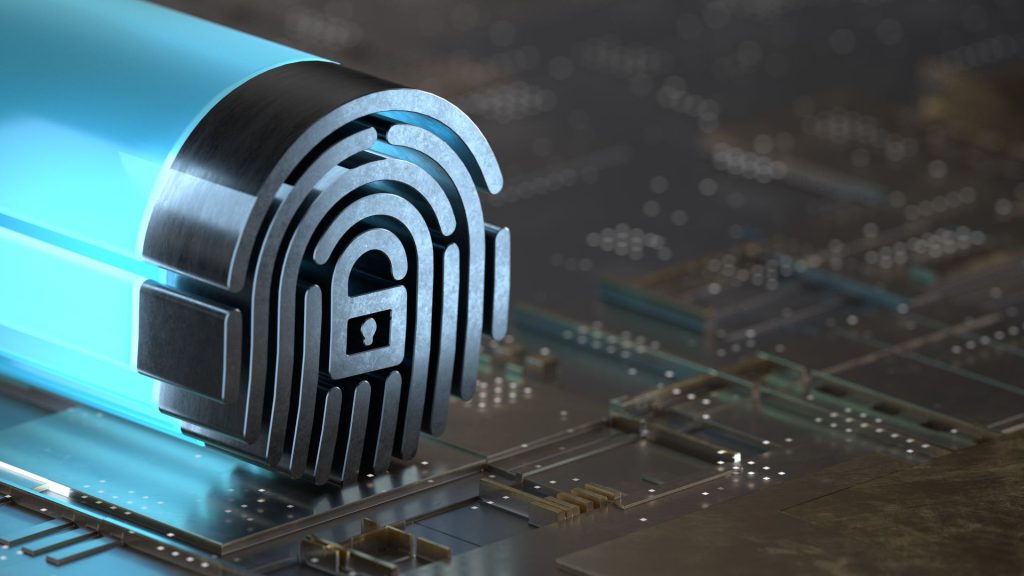
A CISO needs to possess the following:
- Have the necessary authority and access to resources to implement an effective information security compliance program and make any desired changes
- Know the business’s functions and structure
- know about the business sector’s cybersecurity and data-related risks and vulnerabilities, as well as cybersecurity trends and typologies
- Understand the business sector’s requirements under international cybersecurity standards and regulations
CISO is mainly responsible for doing the following:
- Ensure compliance with applicable laws, rules, regulations, and instructions
- Develop end-to-end information security compliance programs and all cybersecurity and data protection policies, procedures, methods, tools, etc., in the light of these guidelines and ensure, monitor, or oversee their entity-wide implementation
- Determine the resources required to perform compliance roles and responsibilities professionally and of desired quality
- Ensure that appropriate policies and processes are developed and implemented to support the information security compliance program
- Provide summary data and report findings on data and information compliance issues to the board or its subcommittee periodically
- Report to the MISC and the BISC promptly on any material regulatory noncompliance, such as failures that may attract a significant penalty
- Review the information and data protection policies and procedures to ensure that regulatory requirements are incorporated for meticulous compliance
- Coordinate with senior management to implement the overall information security compliance program
- Ensure that the employees are provided with cybersecurity and data protection-related training
Final Thoughts
To protect critical data, modern technology necessitates the use of a cybersecurity reference architecture framework by an organization. This significantly reduces the likelihood of an attacker gaining successful access to an organization’s network infrastructure. A company can use security architecture to create a risk-free environment while adhering to the most recent security standards and business requirements.
This is just one of the many advantages of this method. With the help of security architecture, organizations can demonstrate their integrity and secrecy to prospective partners. A solid security architecture is built on the principles of confidentiality, integrity, and accessibility. Customers and partners will find it much easier to do business with and trust a company as a result of this.

